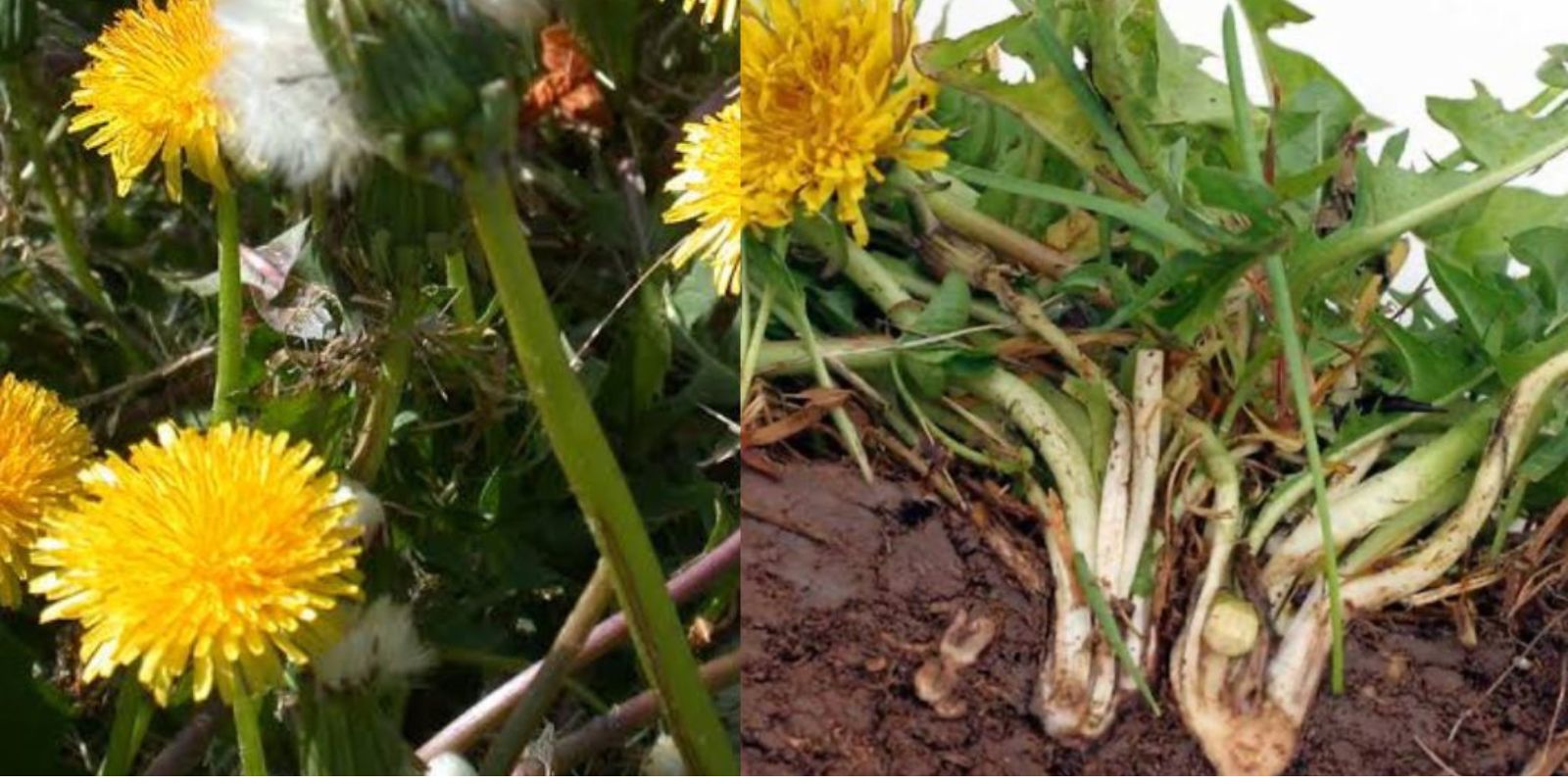Dandelions are often dismissed as stubborn weeds overtaking gardens and lawns. Yet, these golden blooms and their roots, leaves, and stems are among the most versatile plants in nature. Packed with nutrients and culinary and medicinal potential, dandelions have been used for centuries as food and remedies. However, many people fail to recognize their true value, falling into common mistakes when it comes to managing and utilizing them. In this article, we’ll explore these errors and how you can maximize the benefits of dandelions.
The Nutritional and Medicinal Power of Dandelions
Dandelions are a rich source of vitamins, including A, C, and K, as well as minerals like calcium, iron, and potassium. They contain antioxidants that support liver health, improve digestion, and reduce inflammation. Their bitter compounds stimulate bile production, making them beneficial for detoxifying the body and supporting overall wellness.
Despite their numerous benefits, dandelions are often uprooted and discarded. This is the first mistake many gardeners and homeowners make: overlooking the immense value these plants offer.
Common Mistakes in Managing Dandelions and How to Avoid Them
1. Ignoring Their Health Benefits
One of the biggest errors is treating dandelions solely as a nuisance. These plants are a treasure trove of nutrients that can support your health in numerous ways. Their leaves are excellent for promoting digestion and improving skin health, while their roots are known for aiding liver function and detoxification.
Solution: Embrace dandelions as a natural supplement to your diet and wellness routine. Research their properties and incorporate them into your meals and remedies.
2. Not Incorporating Dandelion Leaves into Your Diet
Dandelion leaves have a slightly bitter taste that adds depth to fresh salads. Unfortunately, many people shy away from them due to their unfamiliar flavor profile.
Solution:
- Harvest young, tender leaves before the flowers bloom for a milder taste.
- Combine dandelion greens with other vegetables and a tangy vinaigrette to balance the bitterness.
- Use them as a garnish, in smoothies, or sauté them with garlic and olive oil for a healthy side dish.
3. Disregarding the Value of the Roots
The roots of dandelions are often overlooked, yet they are one of the plant’s most beneficial parts. They can be dried and brewed into a tea that supports digestion and detoxifies the liver.
Solution:
- Dig up dandelion roots in the fall, when their nutrient concentration is highest.
- Clean, dry, and roast the roots to make a caffeine-free coffee alternative.
- Use the dried roots to create a tea that helps flush toxins and promote gut health.
4. Wasting the Flowers
The bright yellow dandelion flowers are more than just pretty faces. They can be transformed into various delightful products, including dandelion honey.
Solution:
- Collect fresh flowers to make dandelion honey by simmering them with sugar and water. This sweet concoction can be used as a spread, in teas, or as a topping for desserts.
- Add the petals to baked goods, salads, or homemade syrups for an extra burst of color and flavor.
5. Overlooking Dandelion Syrup
Dandelion syrup is a simple yet flavorful way to make use of the flowers. Unfortunately, many people miss the opportunity to create this unique ingredient.
Solution:
- Boil the flowers with sugar, water, and lemon juice to create a thick syrup.
- Drizzle the syrup over pancakes, waffles, or ice cream for a sweet and floral touch.
- Use it as a base for cocktails, lemonades, or salad dressings.
6. Neglecting to Make Dandelion-Infused Oil
The petals of dandelions can be infused into oil to create a fragrant and flavorful dressing for salads or a unique addition to your culinary creations.
Solution:
- Place dandelion petals in a jar and cover them with a neutral oil, such as olive or sunflower oil.
- Let the mixture sit in a sunny spot for 2-3 weeks, shaking it occasionally.
- Strain the oil and store it in a cool, dark place. Use it for drizzling over dishes or as a base for vinaigrettes.
7. Underestimating Their Healing Properties
Dandelions have been used in traditional medicine for centuries, yet many people fail to explore their healing potential. They are believed to help with skin issues, rheumatism, and digestive complaints.
Solution:
- Use dandelion tea or tinctures to address minor digestive discomfort.
- Create a poultice from crushed dandelion leaves to soothe minor skin irritations.
- Always consult a healthcare professional before using dandelions for medicinal purposes.
How to Harvest and Store Dandelions Safely
To fully enjoy the benefits of dandelions, it’s essential to harvest them responsibly and safely:
- Choose clean areas: Avoid areas exposed to pesticides, herbicides, or heavy foot traffic.
- Harvest in the morning: Pick flowers and leaves early in the day when they’re fresh and full of dew.
- Clean thoroughly: Wash all parts of the plant under running water to remove dirt and debris.
- Store properly: Refrigerate leaves in a damp paper towel for up to a week, or dry and store roots and flowers in airtight containers.
Why Dandelions Deserve a Place in Your Life
Dandelions may be a common sight in gardens and lawns, but their benefits are anything but ordinary. From their nutrient-rich leaves to their versatile flowers and medicinal roots, dandelions offer countless ways to enhance your diet, health, and home.
By avoiding the mistakes outlined above, you can turn this so-called weed into a powerful ally for your well-being and a delicious addition to your meals.
Engage with Us!
🌼 Have you ever used dandelions in your kitchen or as a remedy? Share your favorite recipes, tips, or experiences below!
🌿✨ #DandelionBenefits #GardeningTips #ForagedFood #EdibleWeeds #NaturalWellness

